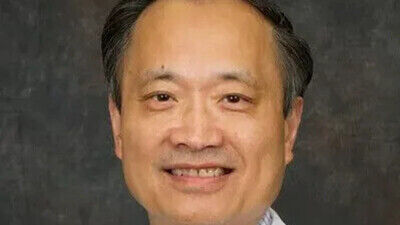I couldn’t comprehend why people would destroy the universities and send 20 million young people away to a labor camp. But that actually helped forge my character, and the grit from going through a hard time like that helped me later in life overcome difficulties. In the movie, we see the world change through the lens of a six-year-old, a 10-year-old, and a 14-year-old, as the boy has experiences and understands more.
When you could not go to school, you turned to music. Do you still play?
I picked up the Chinese violin, called the erhu, which lays vertically instead of horizontally, and learned to dance during that time. It was really not for the love of music or dance but for the sheer need to survive. If I could play an instrument and dance, I could get into a government song and dance troupe and avoid being sent to labor camp, a devastating fate.
So now it’s interesting; I continue to dance and I continue to play my erhu, and people say, “Oh, Ming, it is so nice that you have these hobbies.” And my answer is that I didn’t learn these as hobbies. I learned it to survive.
That’s clear in the movie, but it’s also clear that it became very meaningful to you.
Not only is it relaxing and inspiring, but it’s made me a better human being in terms of expanding the range of my life experience. We often say, “Oh, I’m right-brained. I’m very artistic. I’m not good at logical stuff.” And then some other people say,” I’m left-brained. I’m good with logic, but I’m not good with this artistic stuff.” I find that the best way to live is to use both sides of the brain in a complementary way, like how I approach an artistic endeavor such as ballroom dancing, which I’m very committed to — I’m one of the top amateur dancers in international ballroom in the United States, ranked as high as number four at one time in the country.
When approaching artistic endeavors such as ballroom dancing, I utilize my left brain, the logical part, studying the physics of movement, angular momentum and all that. But when I approach a logical project such as eye surgery, the precision, the technology, the accuracy, the laser, I apply my artistic side of the brain, the right brain. And I use both when I look at every patient, not just as a patient, not just as eyeball dimensions, but as a human being who has emotions, who has specific needs, which are different from anybody else, even with the same eye measurements.

